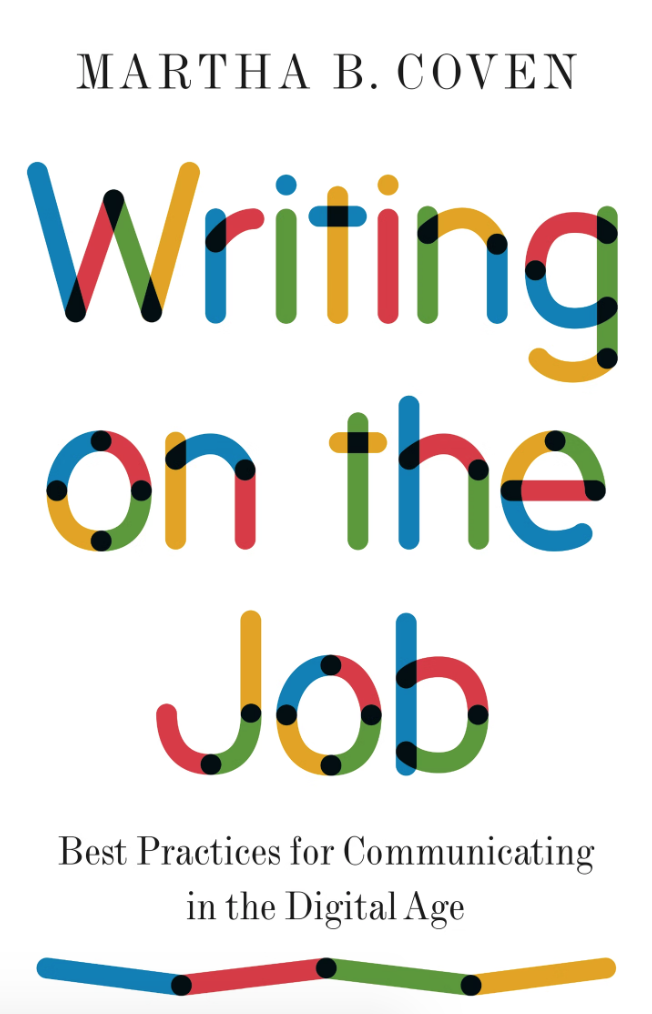Nothing better represents the differences between how the Obama and Trump White Houses ran than the simple memo.
Under former President Donald Trump, verbal debate and images helped tell and shape the agenda. Aides often huddled around the table of his private dining room to hash out key concerns as TVs screamed nearby and phones rang. And the president bragged about reading few memos.
But in the Obama White House, the memo was king. Simply written and topped with bullet points, it often drove the debate.

While former President Barack Obama and Trump got lots done in their own ways, many agree that the Democrat was more organized and less chaotic. And one insider thinks she knows why.
“Really good memo writing in the Obama White House I think contributed to good and efficient decision-making,” former aide Martha Coven said.
“He would read them, he was a reader, as you probably know, he would read them the night before,” she recalled. “Then, you’d come into the meeting, and you could make incredibly efficient use of the time. He’d say, ‘I read your memo. I want to talk about these two points.’ And you could jump right in, no dog and pony show, because the memo did what it’s supposed to do. It eliminated the issues and briefed him fully so that we could walk in and have the part that actually needed to be discussed.”
“To me, that is like — that is what a memo should accomplish,” Coven added.
A former Capitol Hill aide who also worked on President Joe Biden’s White House transition, Coven is now a professor at Princeton University and on a campaign to teach America the value of, and how to pen, a good memo or even a speech.
She has just published Writing on the Job: Best Practices for Communicating in the Digital Age, in which she shares her tips for the perfect memo.
Her bullet points: Write lively, edit often, cut repetitive words, limit jargon, and youth it up with an emoji or two.
Over 132 pages, Coven is encouraging in offering advice and tips, some from those she’s cribbed ideas off of. For example, she likes how pollster Frank Luntz uses the word “imagine” to steer his focus groups. From former Bush White House deputy press secretary Tony Fratto, she learned to write a memo or paper that could be summed up in a tweet. And from the Pentagon, she learned BLUF, or “Bottom Line Up Front,” a style that blurts out the point in the first line.
“There is no place for mystery in a document written on the job. Leave the suspense-building to the fiction writers,” Coven urged.
One other great tip: Be the first to write a staff memo, especially if it is for somebody as important as, say, the president. “That’s such an important professional opportunity if you say, ‘OK, I’ll take the first draft.’ You have so much power to kind of frame the issue the way that you want.”
In the end, Coven said memo writers can change history. “I think good writing helps people have good democracy,” she told Secrets. “I think good writing can facilitate democracy.”

